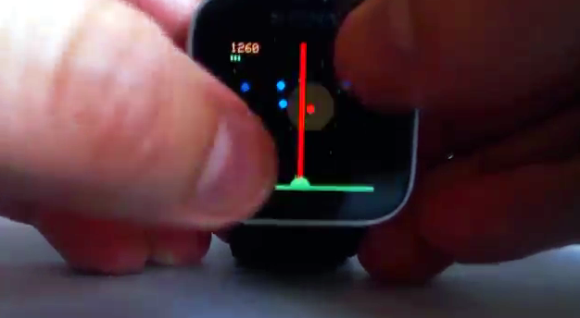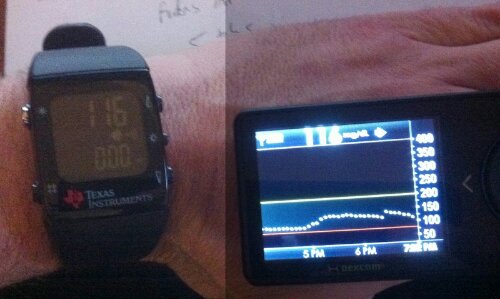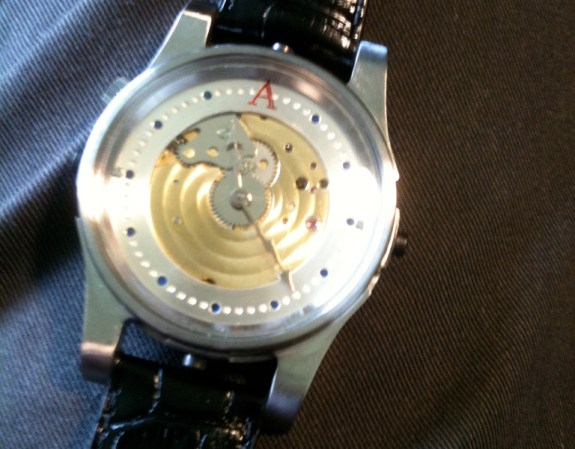
Here’s a firmware hack that brings a video game to the Sony SmartWatch. It’s pretty impressive considering the limited screen real estate and the fact that it has to be shared with the touch input. But we find it equally impressive that a game of this quality followed so quickly on the heels of Sony announcing the ability to make your own firmware for the watch. The speedy development is thanks partly to the community driven effort to hack the Arduino IDE to load sketches on the watch.
The advent of this IDE hack means that taking your Arduino sketch writing abilities to this hardware now has a fairly low learning curve. And reading through [Asier Arranz’s] game code will make it even easier. He calls his game Star Wars but it reminds us more of Astrosmash. There’s a little green semicircle which is your ground-based defense vehicle. You need to fire the laser to shoot falling items out of the star-strewn night sky while also collecting power-ups that fall to the ground. Game play video is below.
Just remember, if you come up with a cool firmware app for the SmartWatch we want to hear about it.
Continue reading “Astrosmash Style Video Game As Sony SmartWatch Firmware”


















